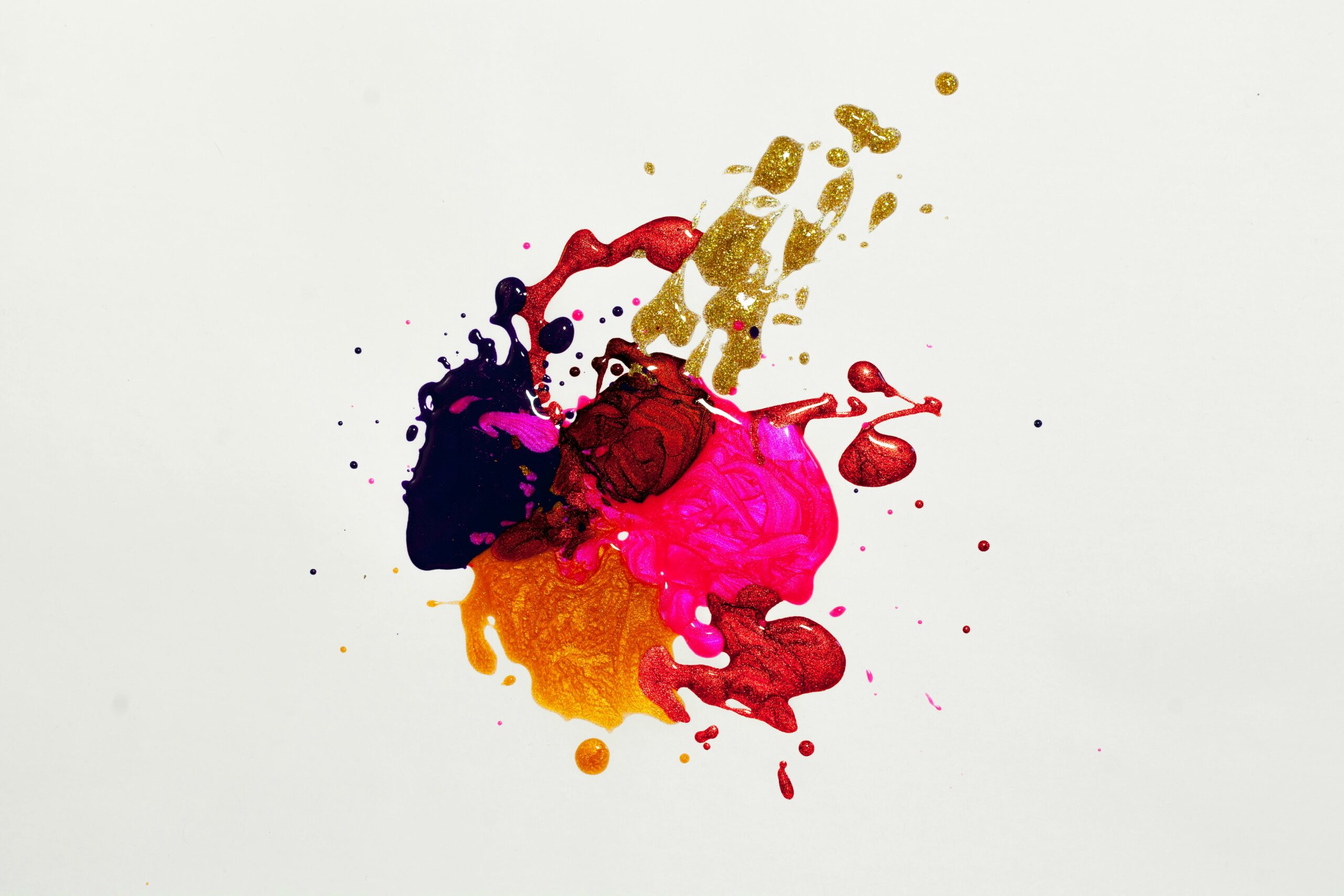
Visual Design Guidance
It goes without saying, but getting users to engage with online content and resources starts with having the correct visual design. Individuals and companies across the world will spend millions of pounds and countless hours learning how to make content work in practice, and importantly, how to engage with their information or brand. We know that you don’t have time to learn everything before creating your project, so we’ve picked out some of our favourite guidance and information to help you make your resource look great.
